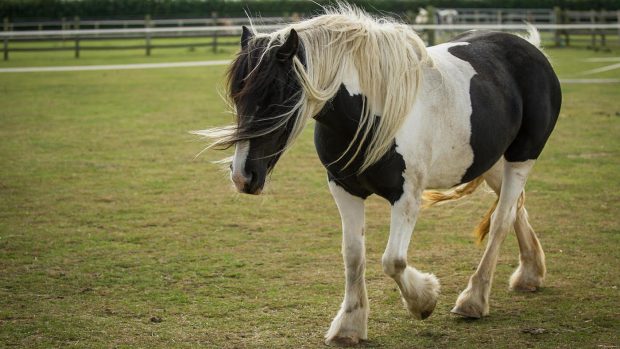We know that laminitis is not just a ‘fat pony’ disease – all types of horses can be affected. But how can we reduce the risk to our own horses?
Watching his weight
- The best way to do this is to weigh the horse and apply a body condition scoring (also called fat scoring, see column far right) system. Fat scoring assesses how much fat has accumulated at specific sites around the body, especially the neck crest, ribs and rump, and assigns a score, usually out of five – five being obese and one being very poor.
- Any weight-loss plan needs to be targeted to the individual horse and, once the target weight achieved, an ongoing programme of weight maintenance will be required.
- You can minimise a horse’s forage ration to 1.5% of his bodyweight, but be careful to maintain an appropriate vitamin and mineral intake. For general weight maintenance, a forage ration comprising 2.5% of a horse’s bodyweight is a good target.
- Soaking hay in clean, warm water for 12 hours may help to reduce the amount of sugar in it.
- Avoid other feeds that may contain high levels of easily digestible sugar, such as grains, high starch-containing feeds and, crucially, lush pasture. Grazing muzzles can be very useful to minimise grass intake.
Keeping him fit
- For animals already in work, this may involve simply increasing the amount, length or intensity of the exercise. For those not in work, an exercise programme should be developed in conjunction with a vet and introduced slowly.
To read the full veterinary article on laminitis see H&H (29 March 2012)




